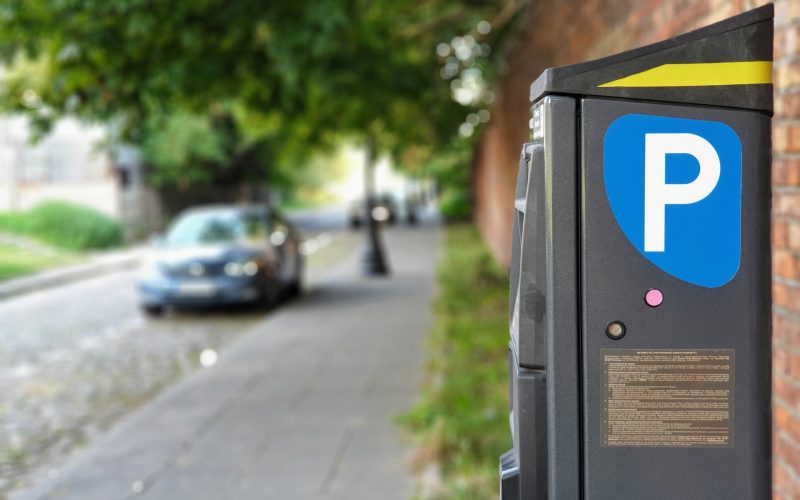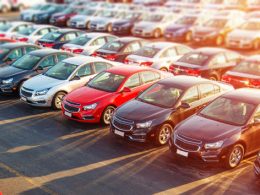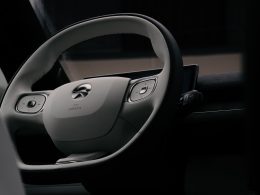Introduction
In recent years, the automotive industry has witnessed significant advancements in autonomous driving technology. One area that has garnered considerable attention is self-parking cars. With the promise of convenience and improved safety, self-parking technology is shaping the future of transportation. In this article, we will delve into the intricacies of self-parking cars, exploring their benefits, challenges, and the future they hold.
The Benefits of Self-Parking Cars
Convenience and Time-Saving
One of the primary advantages of self-parking cars is the convenience they offer. Imagine arriving at a crowded parking lot and effortlessly letting your car find a suitable parking space on its own. Self-parking cars eliminate the stress and time-consuming nature of manually searching for parking spots, especially in congested urban areas. With the ability to navigate and park autonomously, these vehicles provide a seamless and time-saving parking experience for drivers.
Enhanced Safety
Self-parking cars also contribute to improved safety on the roads. Parking can be a challenging task, requiring drivers to maneuver their vehicles in tight spaces while avoiding obstacles. Self-parking technology utilizes an array of sensors, cameras, and advanced algorithms to detect and navigate around objects with precision. By reducing the risk of human error, self-parking cars minimize the chances of accidents, scratches, and dents that commonly occur during parking maneuvers.
Optimal Space Utilization
Parking spaces are valuable resources, especially in crowded urban environments. Self-parking cars have the potential to optimize space utilization by efficiently parking in tighter spots. With their ability to park in close proximity to other vehicles, self-parking cars can maximize the number of vehicles that can fit within a given parking area, alleviating congestion and making parking more efficient.
Challenges and Limitations
While self-parking technology offers numerous benefits, there are still challenges and limitations that need to be addressed before widespread adoption.
Infrastructure Requirements
The successful implementation of self-parking cars relies on adequate infrastructure support. Parking lots and garages need to be equipped with the necessary sensors, communication systems, and infrastructure to facilitate seamless interaction between vehicles and parking spaces. Additionally, standardized communication protocols and infrastructure compatibility are crucial for interoperability between different self-parking systems.
Regulatory and Legal Considerations
The introduction of self-parking cars raises important regulatory and legal considerations. As autonomous technologies continue to evolve, policymakers and regulatory bodies must establish guidelines and frameworks to ensure the safe and responsible deployment of self-parking systems. Issues such as liability, insurance, and compliance with existing traffic laws need to be carefully addressed to foster public trust in self-parking technology.
Technical Challenges
Self-parking cars rely on a complex interplay of sensors, cameras, and advanced algorithms to accurately detect and navigate parking spaces. Challenges such as adverse weather conditions, varying parking lot layouts, and unpredictable obstacles can pose difficulties for self-parking systems. Continuous advancements in sensor technology, artificial intelligence, and machine learning algorithms are crucial for overcoming these challenges and improving the overall performance of self-parking cars.
The Future of Self-Parking Cars
Despite the existing challenges, the future of self-parking cars looks promising. As technology continues to evolve, we can expect significant improvements in self-parking capabilities. Here are some potential developments that may shape the future of self-parking cars:
Valet Services and Integration
Self-parking technology opens up possibilities for valet services to become more efficient and accessible. Imagine arriving at a restaurant or hotel and seamlessly handing over your car to an autonomous valet service. The integration of self-parking technology with valet services can revolutionize the hospitality industry, offering a seamless and hassle-free experience for customers.
Smart City Integration
The future of self-parking cars is closely linked with the concept of smart cities. By integrating self-parking technology with smart city infrastructure, vehicles can communicate with parking spaces, traffic management systems, and other vehicles to optimize parking efficiency and reduce congestion. This integration can lead to enhanced traffic flow, reduced emissions, and improved overall urban mobility.
Advanced Sensor Technology
Advancements in sensor technology, including lidar, radar, and ultrasonic sensors, will play a crucial role in the evolution of self-parking cars. Higher accuracy, increased range, and improved object detection capabilities will enhance the precision and reliability of self-parking systems, making them more robust and adaptable to various environments.
Collaboration and Standardization
To drive the widespread adoption of self-parking technology, collaboration and standardization among automakers, technology companies, and infrastructure providers are essential. By establishing common standards and protocols, interoperability between different self-parking systems can be achieved, creating a seamless experience for drivers across different vehicles and parking facilities.
Conclusion
Self-parking cars represent a significant advancement in autonomous driving technology, offering numerous benefits in terms of convenience, safety, and space utilization. While challenges and limitations exist, continued technological advancements, regulatory frameworks, and infrastructure development will pave the way for a future where self-parking cars are commonplace. As we move forward, it is crucial to prioritize safety, collaboration, and innovation to unlock the full potential of self-parking technology and revolutionize the way we park our vehicles.











